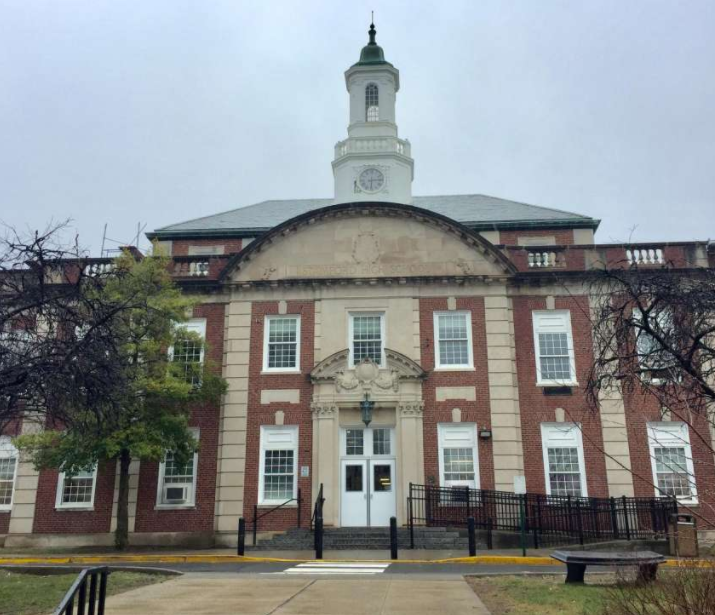Project Summary
The City of Stamford’s “Resilience Opportunity Assessment” was pilot project to review potential vulnerability to climate change hazards at Stamford’s Government Center and High School. Government Center is where the majority of City operations are housed and the school is one of several locations serving as a public emergency shelter during blackouts and storms. This assessment not only provides an opportunity to advance resiliency in specific municipal buildings, but is an opportunity to improve how the entire City functions and recovers from possible disaster.
The City partnered with New Ecology, Inc., a Hartford-based non-profit that has developed a resilience assessment process for identifying hazards (including flooding, erosion, drought, extreme heat and cold, storms, fires, etc.) and implementation priorities (including but not limited to: elevating mechanical and electrical equipment, flood proofing buildings, flood barriers, perimeter drains, backflow preventers, and portable water storage). Stamford 2030 assisted in developing resilience resources and case studies for each of the two buildings undergoing the resiliency assessment. This Municipal Resilience Grant award was for the amount of $20,000.
Product
Stamford Resilience Opportunity Assessment_final report
Resilience Best Practice Guide
Preliminary Resilience Checklist
High School Resilience and Solar Assessment
Government Center Resilience and Solar Assessment
Project Description
A resilience opportunity assessment provides practical risk mitigation through scenario planning. Improving the resilience of two critical facilities in Stamford collectively improves the City’s ability to respond in an emergency. This project will identify investment priorities as well as the type of measures that can be implemented to improve resiliency. As suggested improvements are made over time, the entire emergency response system will reap incremental benefits.
The assessment process includes first identifying hazards and developing hazard scenarios and their expected outcomes for an individual building. The vulnerability of the building to each hazard and the risk hazards occurring is then compiled to prioritize hazards. Finally, a list of priority measures addressing each high priority hazard is developed for implementation.
Stamford 2030 identified case studies for each of the two buildings undergoing the resiliency assessment. In addition to case studies in the final report's appendix, information highlights best practices for specific types of buildings evaluated and the most common hazards the buildings face. The resilience assessment is a replicable process that can be implemented in other Stamford buildings and may be adjusted to examine low-income housing. Other coastal municipalities can also use this process to determine vulnerabilities in their built infrastructure and identify necessary improvements for implementation.
Project Team Members
Emily Gordon – Project Manager, Stamford 2030 District
Tom Chase - Project Manager, New Ecology
Debra Hall - CT Regional Manager, New Ecology

Stamford High School
Photo credit: Bob Luckey Jr.

Stamford Government Center
Photo credit: City of Stamford